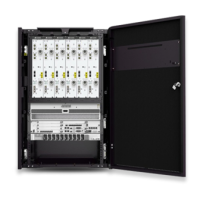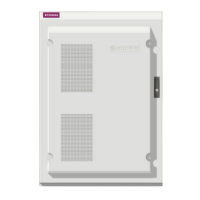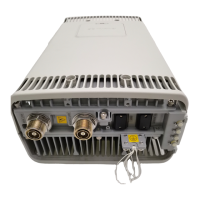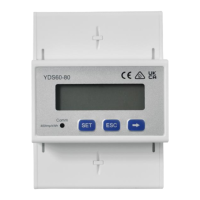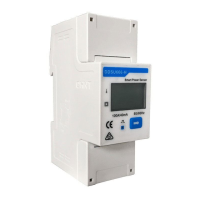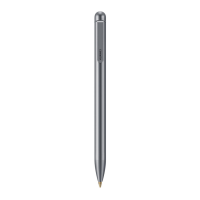Step 4 Route the cable by referring to 12.1 Cabling Requirements, and then use cable ties to bind the
cable.
Step 5 Attach labels to the installed cable. For details, see Attaching a Sign Plate Label.
Step 6 Run each cable that leave the cabinet in a PVC corrugated pipe, and then tie the pipe to the cable
hole in the cabinet.
----End
12.4 Installing the Transmission Cables
The E1/T1 cable or FE/GE cable can be used for data transmission according to the transmission
mode of the base station. Only one transmission mode can be supported by the base station
working in the GSM standard, and two transmission modes can be supported by the base station
working in the UMTS standard.
12.4.1 Installing the E1/T1 Cable
This section describes the procedure and precautions to be taken for installing an E1/T1 cable.
Prerequisite
Ensure that both ends of the E1 cable are disconnected from any devices. Then, weld connectors
to the bare wires at one end of the E1 cable during the same session.
Context
Route the E1/T1 cable as follows:
l If a new base station supports not more than eight E1s, route the ends of the E1/T1 cables
connected to the SLPU along the right of the cabinet.
l If a new base station supports more than eight E1s, route the ends of other E1/T1 cables
connected to the SLPU along the left of the cabinet.
NOTE
The descriptions about the installation positions and routes of the E1/T1 cables in the -48 V DC cabinet
and in the APM30H are the same. For details, see Figure 12-24 or Figure 12-25.
Procedure
Step 1 Connect one end of the E1/T1 cable to the OUTSIDE port on the UELP, as shown in Figure
12-24 or Figure 12-25.
NOTE
For details about how to connect the E1/T1 cable, see Transmission Cable Connections.
BTS3900A(Ver.B)
Installation Guide 12 Installing the Cables
Issue 01 (2011-10-25) Huawei Proprietary and Confidential
Copyright © Huawei Technologies Co., Ltd.
110
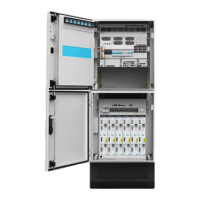
